It happened on one of the cooler winter days that mom put my sister and me on a bus and took us to Solapur. We were super sceptical of going all the way, travelling almost 13-14 hours through bad roads to go meet someone that we weren’t all that fond of. Not to lie, at the end of the excruciatingly long journey, we were super tired. Yet, we had to keep our hopes and faux excitement up for the days to come.
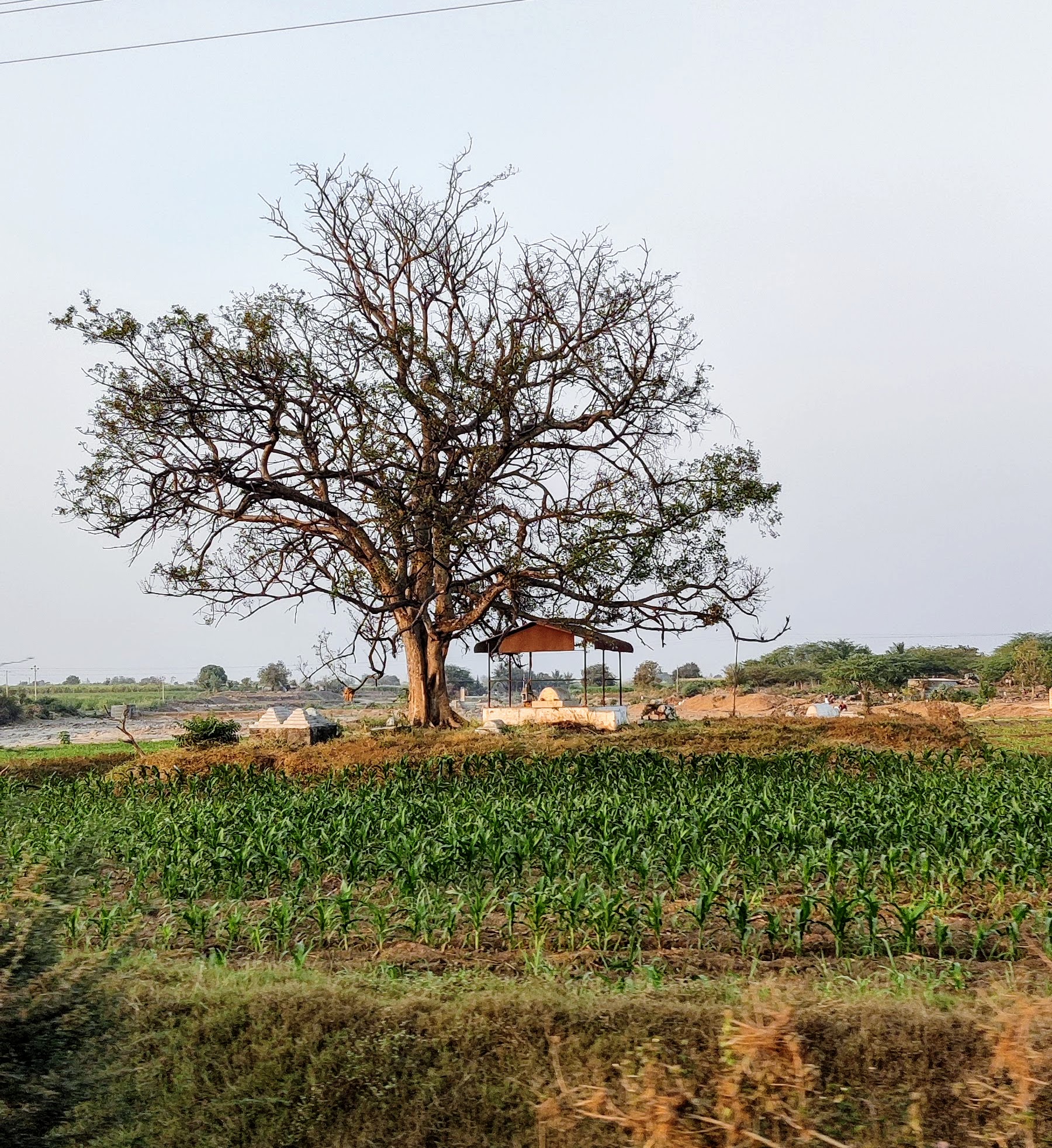
We did a little bit of driving around the first day, stopping only to gape at some of the biggest Ramphals we’d seen. Ramphal is a sibling fruit of the Sitaphal, with a similar texture but a richer, creamier sweetness. The fruit can be had raw or prepped into a kheer, which is an absolute delight to the taste buds! This wasn’t the highlight of the trip though, neither were the truckloads of sugarcane or steamy cups of jaggery tea that seemed to turn up around every corner. The supposed surprise lay in the mysterious Hurda party that had been planned, especially for us. To be honest, this concept of a Hurda party was new to us.
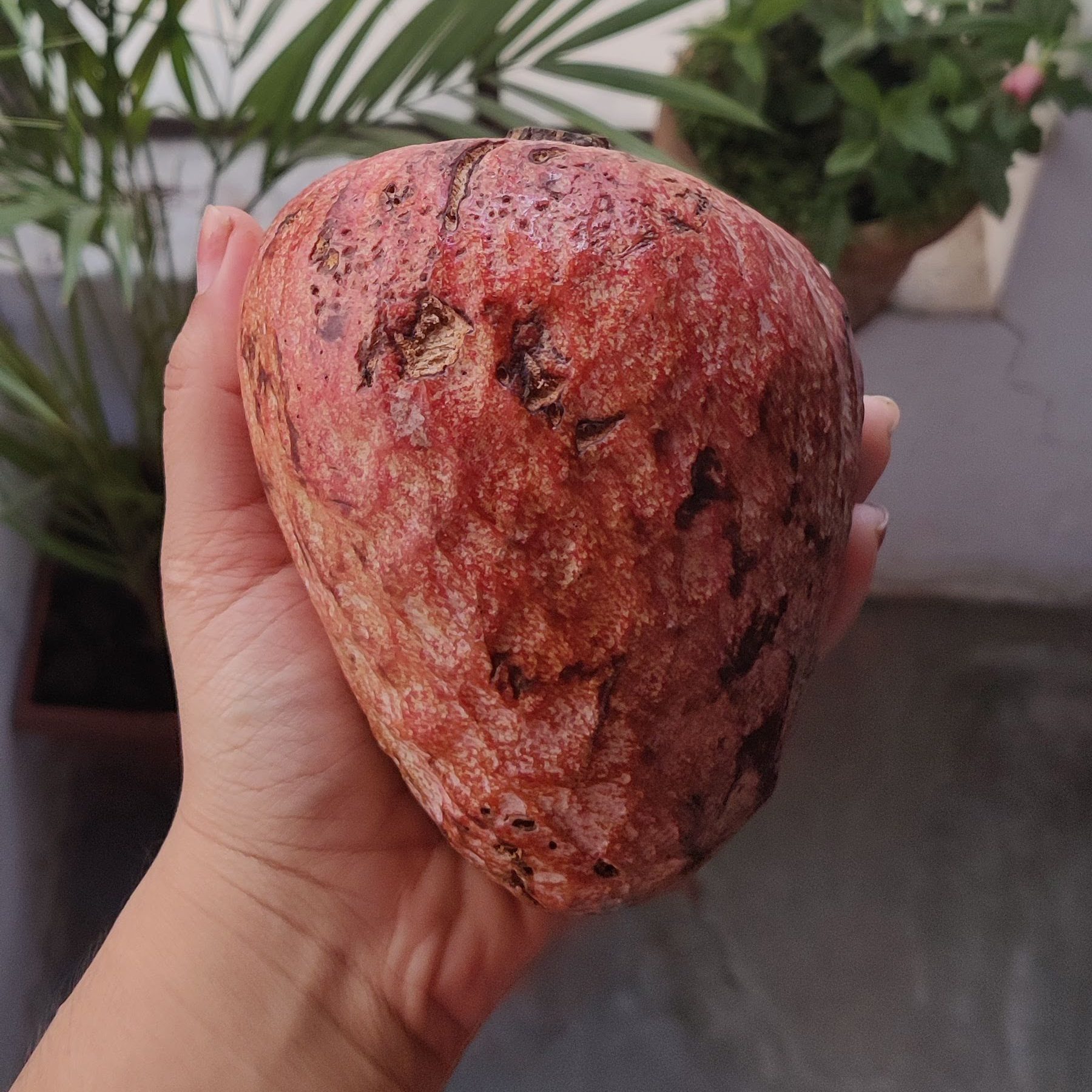
The next day dawned bright and cool, with the February heat not being that much of a bother. The drive wasn’t too long but took a while as we headed to a family friend’s farm. We took a pitstop in between at a known hostel to stretch and pee but ended up spending all our time gathering imli. The tree was laden with large, ripe imlis and the ground was strewn with more of them! Not to brag, but they were super delicious too! We reached the farm around noon. The land was owned by one of my uncle’s acquaintances, who was an actual farmer doing actual farm work. What I’m implying when I say that is no, the land wasn’t owned by some hotshot businessman with too much money, but by a hotshot farmer with lots of land, crops livestock, and a beautiful family!
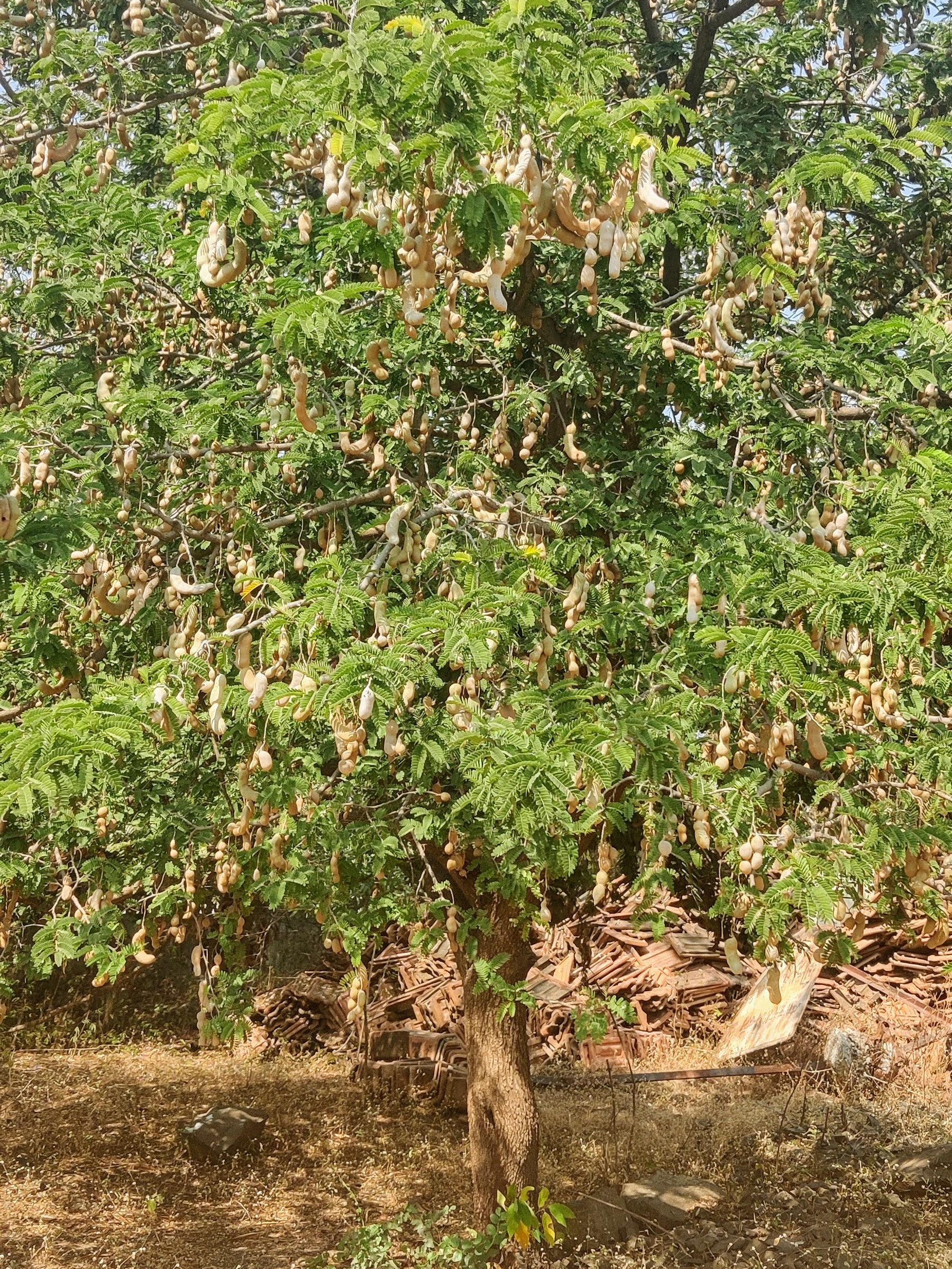
He took us on a tour of his land which spread over acres and acres with some being barren, others covered with corn crops or a lemon plantation but most of it giving rise to a luxurious spread of sugarcane. Our walk through the midday sun ended at a large Imli tree with generous shade flanked by a curtain of sugarcane in the background. The farmer, Gauli, uprooted the long stems of sweetness, broke them into half and passed them to us.
We were only used to sugarcane water and ripping off chunks of sugarcane seemed wild. So we asked him to show us.
And he did, effortlessly, like we were being fussy about something as silly as eating sugarcane.
After that, as we walked back to his home, we were greeted by lush harvests of all kinds of vegetables. We walked past bright topaz lemons, rich purple brinjals, glistening red tomatoes, golden corn and a few types of grains whose names I’m not sure I know. Gauli generously offered up a lot of these vegetables as my mom and aunts ooh-ed and aah-ed around them.
Gauli’s home greeted us with fire and cobs of corn roasting away in it. His wife rushed to put them in front of us and urged us to eat them while they were hot. They were accompanied by lemons and salt which subtly complemented the flavour of the corn. This was followed by the highlight of the entire journey – the Hurda. The mysterious Hurda turned out to be nothing but raw jowar seeds, straight off of the plant. They were stuck into the fire, roasted until crispy, rubbed with a stone to separate the seeds from their shells and then eaten hot with jaggery. Another accompaniment to the hurda was a chutney made from spring garlic freshly ground on stone. The hurda has a mild sweetness that gets amplified and enhanced with the jaggery or completely submerged and reinvented with the spicy, salty garlic chutney. It is important to not consume any water after eating the hurda as it could cause digestion problems. What’s more, a few handfuls of hurda can be filling!
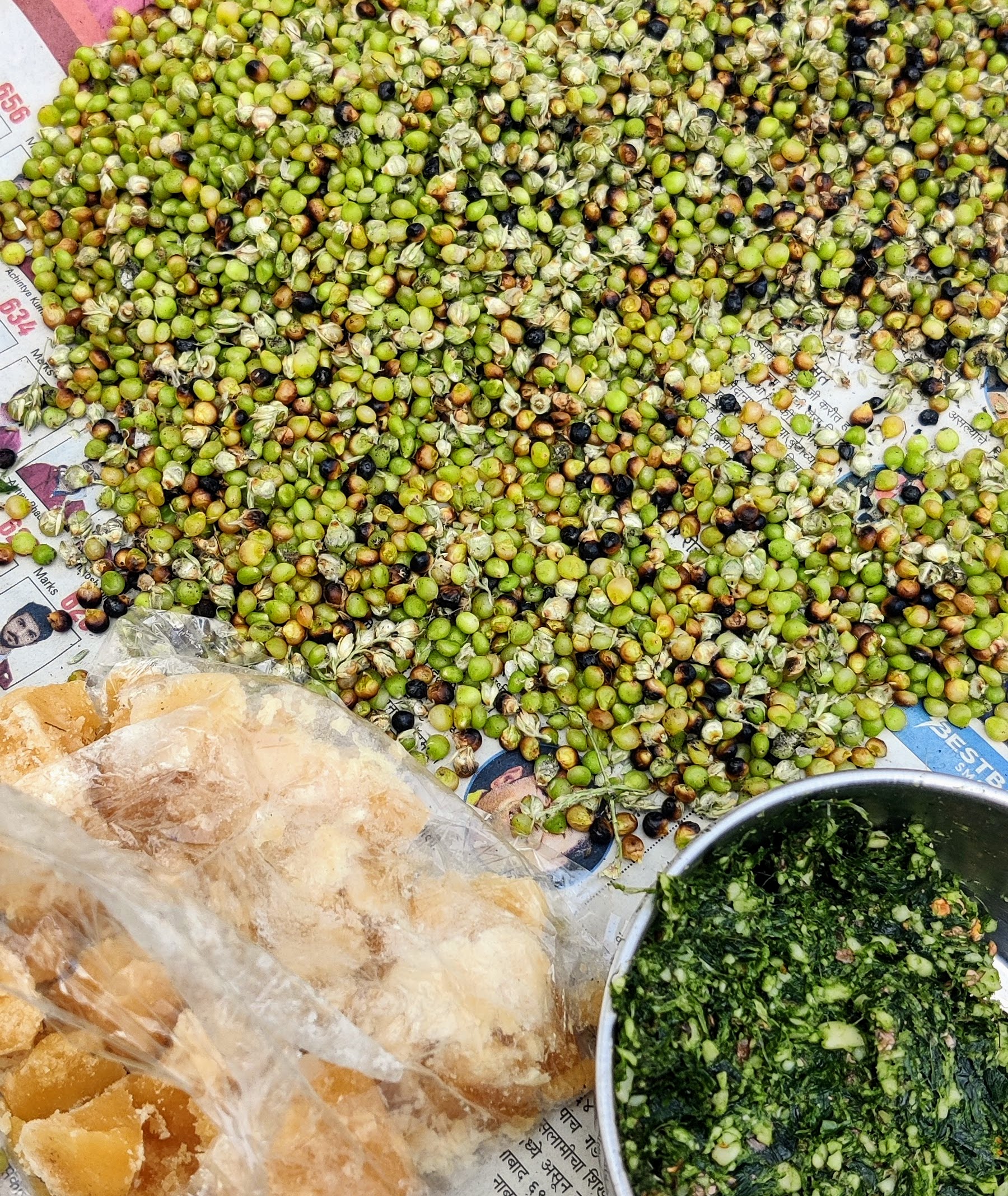
After this apparent “snacking”, as Gauli called it, we were served tea. This was followed by a grand spread of a lunch that comprised of bhakri, rice, sabudana khichdi, green peas bhaji, spring onion bhaji, a cabbage bhaji, soupy bhaji made from the leaves of the harbara or chickpea plant, homemade lemon pickle and the garlic chutney. The food was a lot but the cold helped absorb it all!
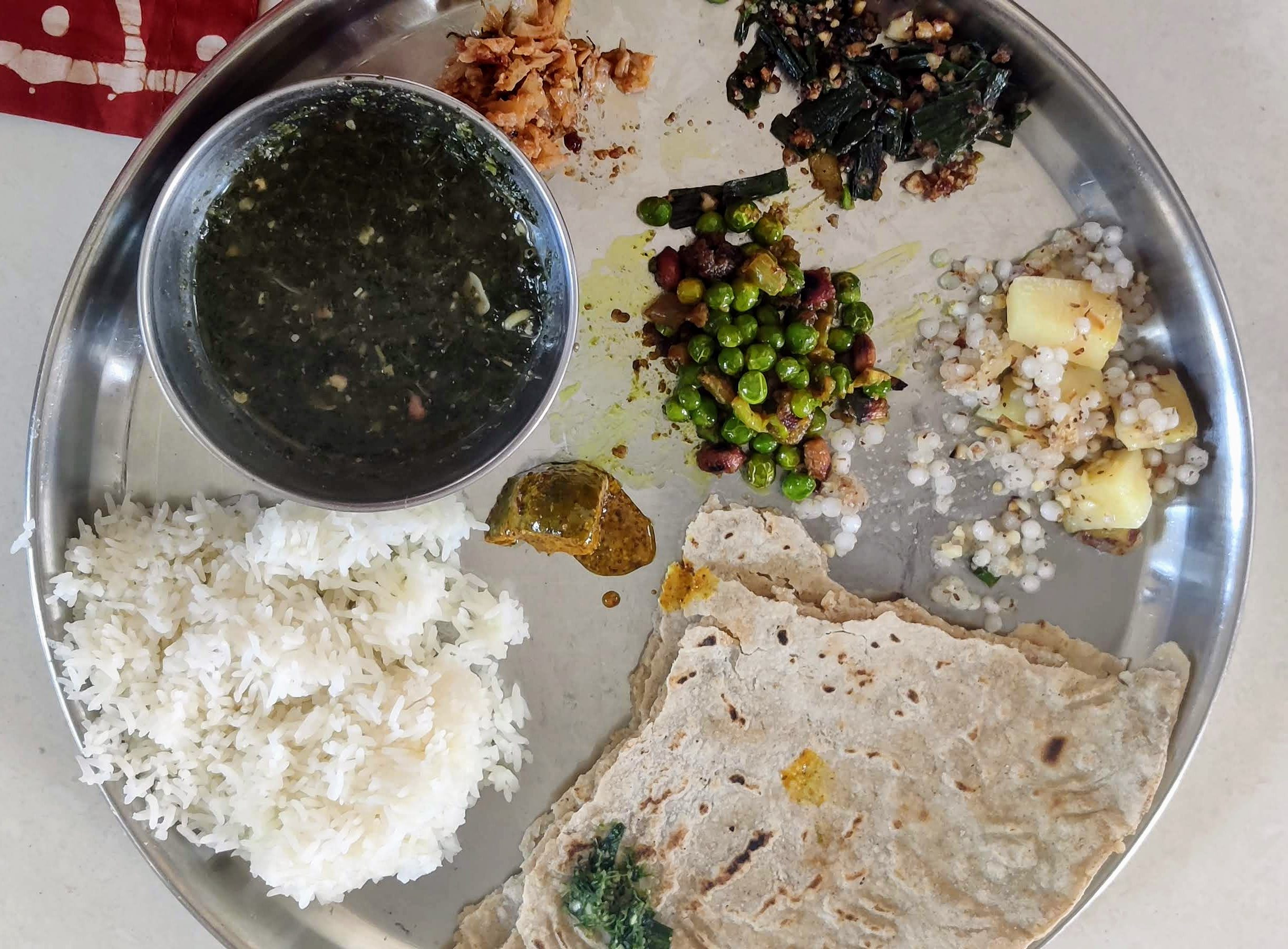
After lunch, I interacted with a buffalo who was the sweetest and loved being fed corn. I admit, that saying goodbye to her was hard. In a short period, we’d become very close friends! Soon, we left Gauli, his family and the field and hit the roads to go home.
The Hurda party is one experience that will stay with me forever. It is a tradition amongst most Maharashtrian villages, a practice that finds itself in many agricultural households during the cold winters. It usually happens during the night or early mornings when the fire is lit to warm the homes of these farmers. This explains the creation of a practice that involves the roasting of foods.
A lot of farmers today offer this unique experience at affordable rates that open up a lesser-known culture to the rest of the world and is a source of income for the family as well.
So if you find my experience of this practice interesting, do check it out and let me know what you think!
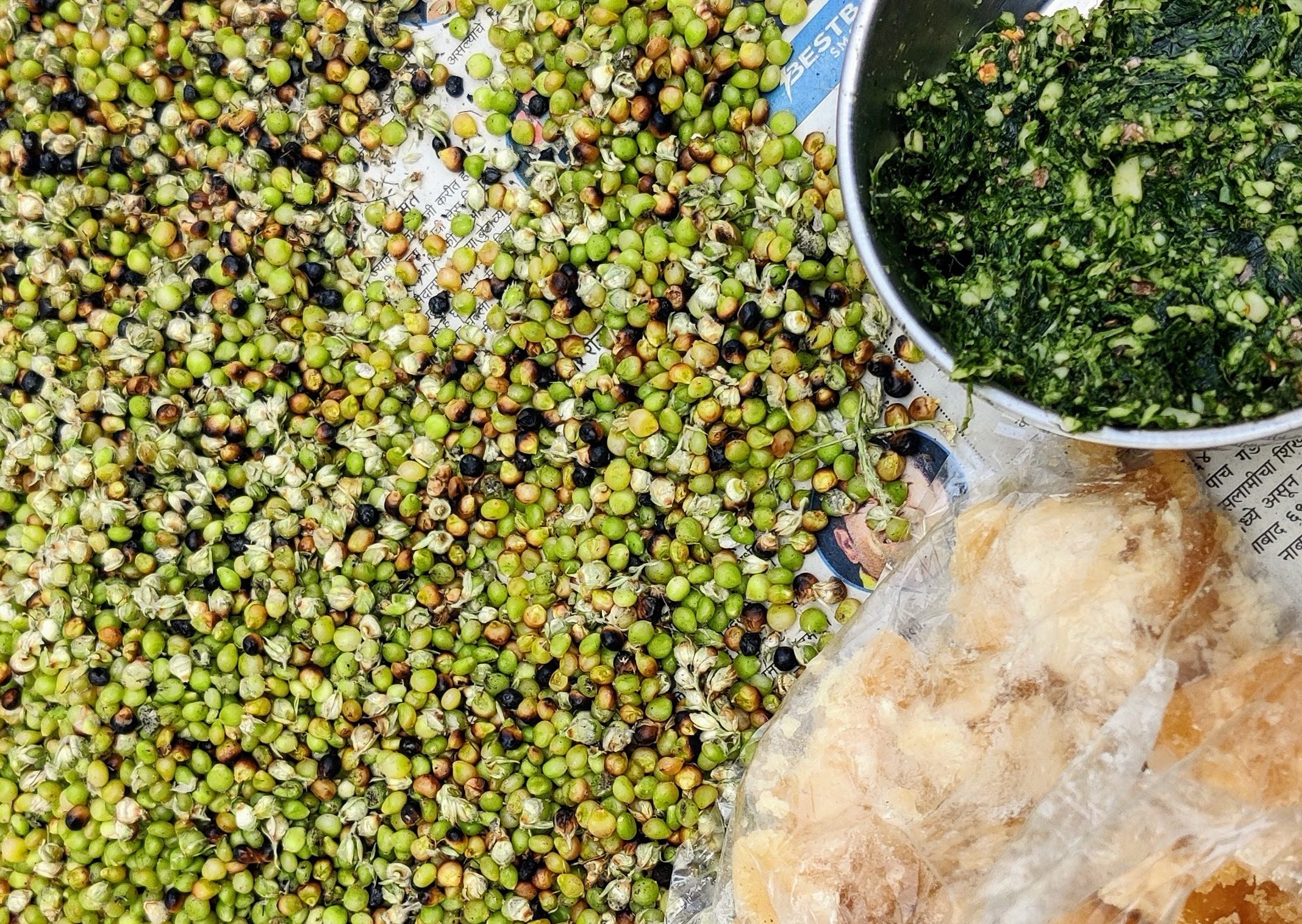
Leave a Reply